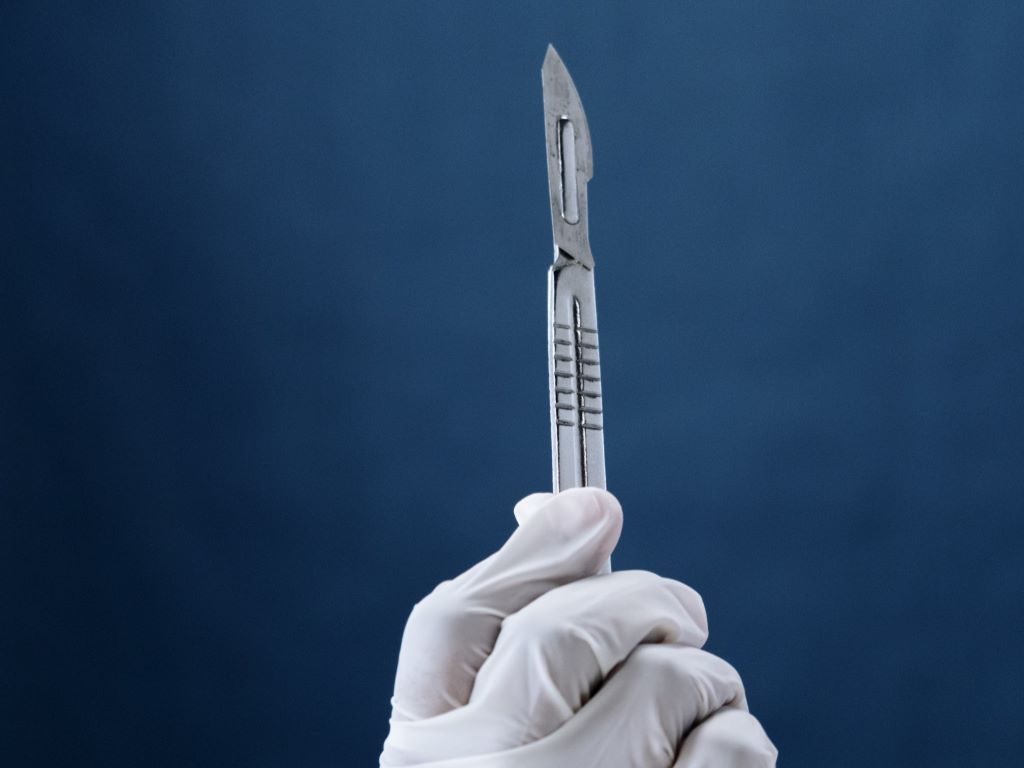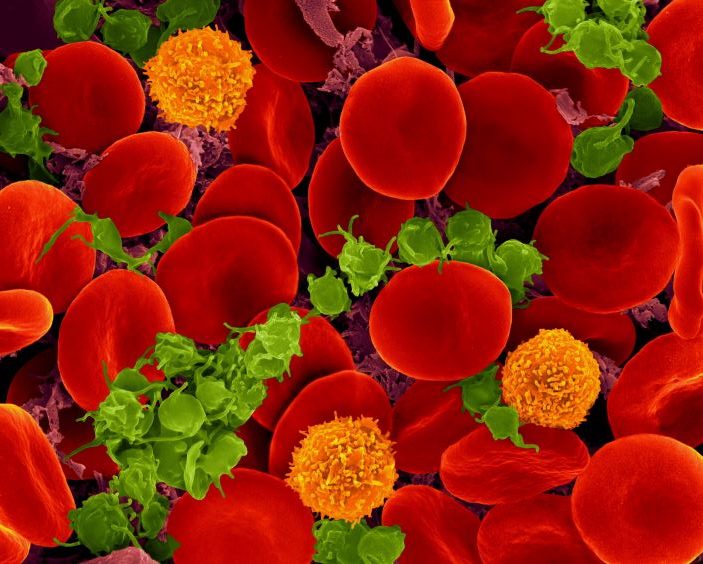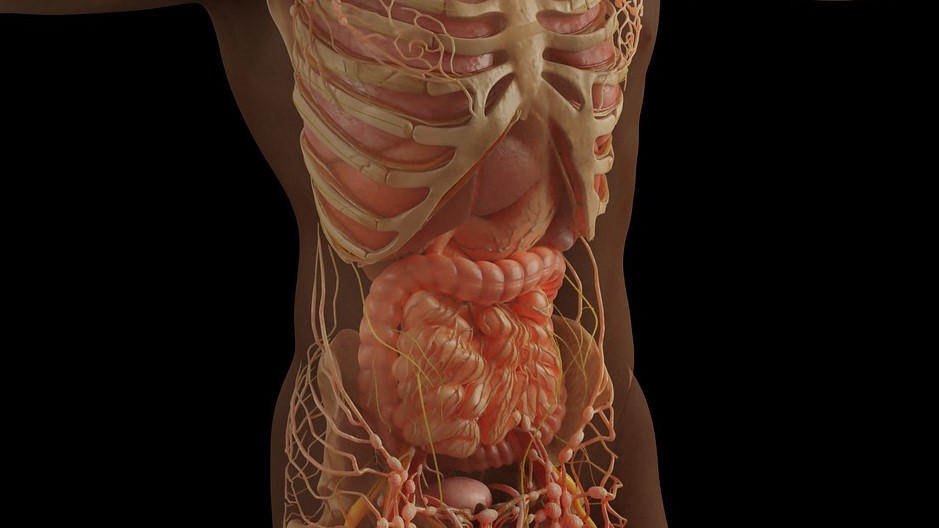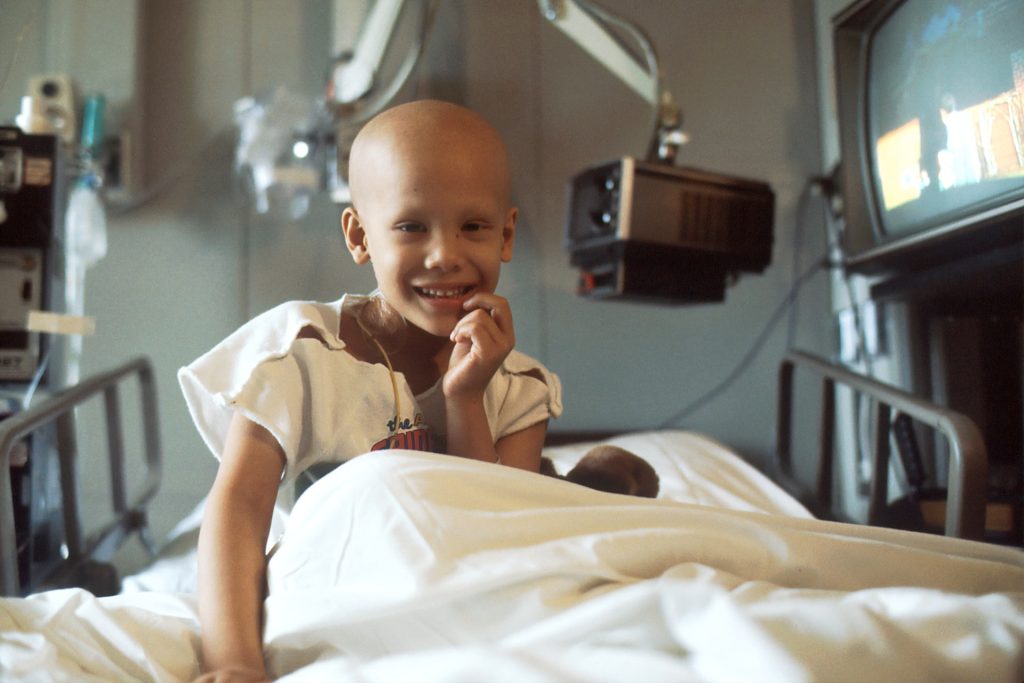New Treatment Quadruples 3-year Survival for Rare and Aggressive Cancer
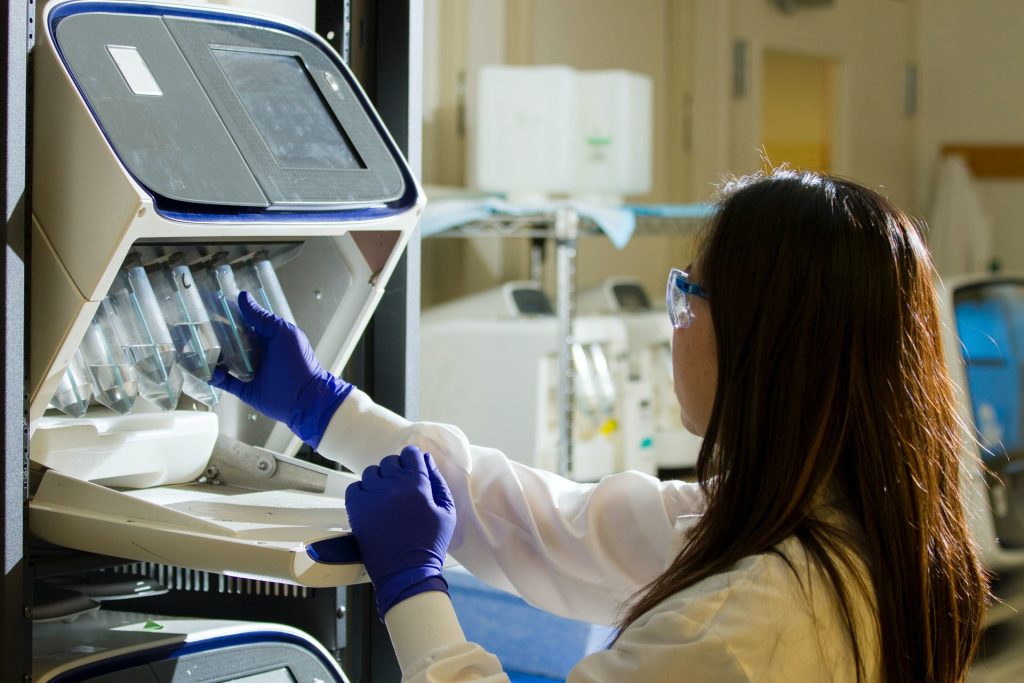
An innovative treatment significantly increases the survival of people with malignant mesothelioma, a rare but rapidly fatal type of cancer with few effective treatment options, according to results from a clinical trial led by Queen Mary University of London and published in JAMA Oncology.
The phase 3 clinical trial, led by Professor Peter Szlosarek at Queen Mary and sponsored by Polaris Pharmaceuticals, has unveiled a breakthrough in the treatment of malignant pleural mesothelioma (MPM), a rare and often rapidly fatal form of cancer with limited therapeutic options.
The ATOMIC-meso trial, a randomised placebo-controlled study of 249 patients with MPM, found that a treatment – which combines a new drug, ADI-PEG20, with traditional chemotherapy – increased the median survival of participants by 1.6 months, and quadrupled the survival at 36 months, compared to placebo-chemotherapy.
The findings are significant, as MPM has one of the lowest 5-year survival rates of any solid cancer of around 5-10%. This innovative approach marks the first successful combination of chemotherapy with a drug that targets cancer’s metabolism developed for this disease in 20 years.
MPM is a rare, aggressive cancer that affects the lining of the lungs and is associated with exposure to asbestos. It’s usually treated with potent chemotherapy drugs, but these are seldom able to halt the progression of the disease.
The premise behind this new drug treatment is elegant in its simplicity – starving the tumour by cutting off its food supply. All cells need nutrients to grow and multiply, including amino acids like arginine. ADI-PEG20 works by depleting arginine levels in the bloodstream. For tumour cells that can’t manufacture their arginine due to a missing enzyme, this means their growth is thwarted.
The ATOMIC-meso trial is the culmination of 20 years of research at Queen Mary’s Barts Cancer Institute that began with Professor Szlosarek’s discovery that malignant mesothelioma cells lack a protein called ASS1, which enables cells to manufacture their own arginine. He and his team have since dedicated their efforts to using this knowledge to create an effective treatment for patients with MPM.
Professor Szlosarek said: “It’s truly wonderful to see the research into the arginine starvation of cancer cells come to fruition. This discovery is something I have been driving from its earliest stages in the lab, with a new treatment, ADI-PEG20, now improving patient lives affected by mesothelioma. I thank all the patients and families, investigators and their teams, and Polaris Pharmaceuticals for their commitment to defining a new cancer therapy.”
There are ongoing studies assessing ADI-PEG20 in patients who have sarcoma or glioblastoma multiforme and other cancers dependent on arginine. The success of this novel chemotherapy in MPM also suggests that the drug may be of benefit in the treatment of multiple other types of cancer.
Source: Queen Mary University London


